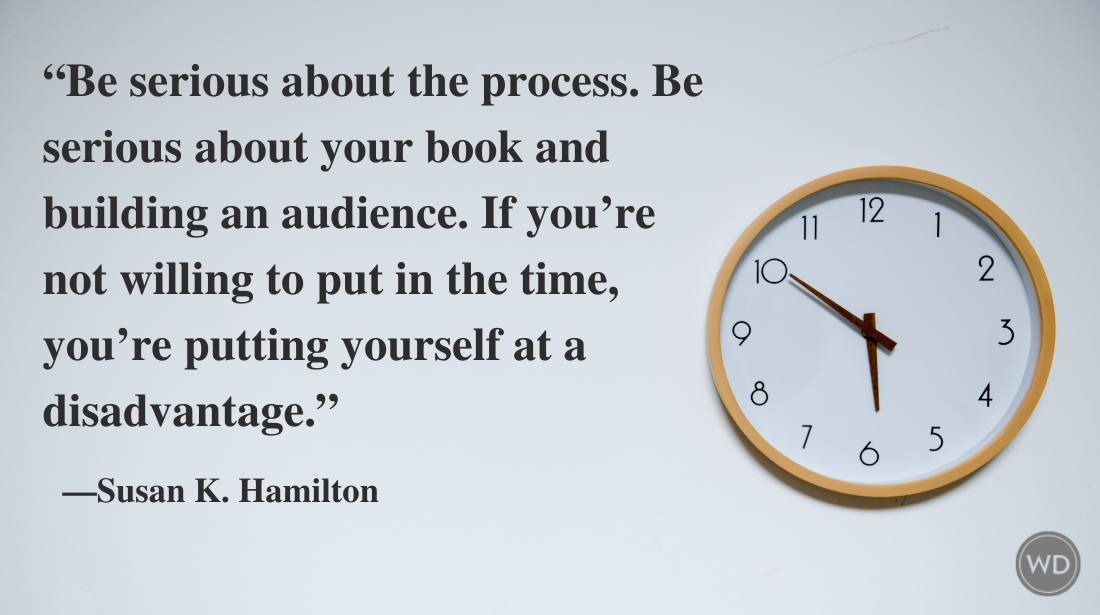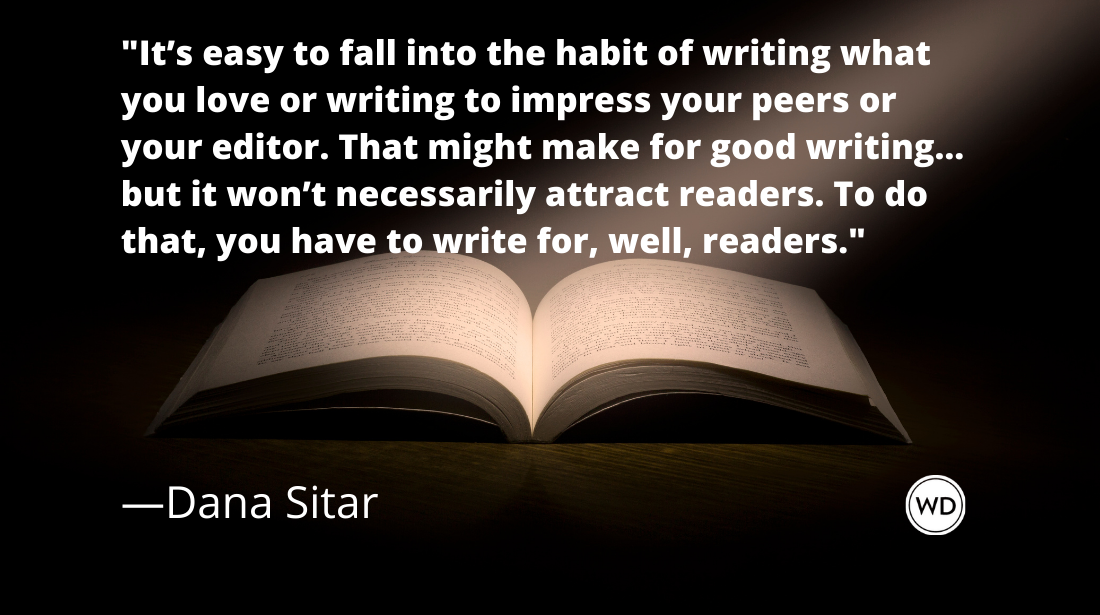Every Author Needs Professional Headshots
I don’t consider myself a formal person, and you can tell by the name of this blog—There Are No Rules—that I’m hesitant to put an absolute on anything. That said,…
I don't consider myself a formal person, and you can tell by the name of this blog—There Are No Rules—that I'm hesitant to put an absolute on anything.
That said, I've been in the publishing business long enough to know and understand how important a professional photo can be (just like a professional website) in making the right impression.
A professional photo can help:
- show your seriousness of purpose, which can lead to trust
- refine and distinguish the message you want to send about yourself
- show yourself at your best
A photo (professional or not) can also do not-so-great things:
- give people the wrong feeling about you
- trick or deceive (sometimes intentionally!)
- show you at your worst
It may be wrong to have this reaction, but when I see a great professional shot of someone, I immediately consider them more successful than someone who does not.
Also, in the online world, we often don't have a chance to meet everyone in person, so the image we hold in our head is whatever that person is willing to provide. And too often what is provided is not flattering.
Christina Katz, in Get Known Before the Book Deal, gives these reasons for having a professional headshot:
- Because you'll get the lion's share of publicity.
- Because you communicate without words that you are a professional, camera-ready for visibility.
- Because you get selected easier.
She offers these tips for what your photo should accomplish:
- be as flattering as possible
- catch you at your best angle, highlight your best features, and make you look like someone interesting to meet
- reflect a professional quality (nothing distracting in the background, no one else showing in or obviously cut out of the photo, no poor lighting or shadows)
- capture your essence so that people feel like they are meeting the person they expected
- be sharp (as with all types of communication, clarity and technical excellence count)
- be in context with your platform (if you write thrillers, you can be mysterious or look like the hippie girl next door, whichever is more compelling)
- project confidence and success
I have been extremely guilty of using candid, everyday shots for professional purposes. Even the photo at the top of this blog breaks at least one cardinal rule.
When I decided to go professional, I knew 2 things:
- I did not want an executive-style studio shot
- I wanted the photo to reflect something of my Midwestern roots
For a long time, I had my eye on a photographer, Daniel Rowe, an old friend and schoolmate from my hometown of Oakland City, Ind. We are friends on Facebook, and he frequently updates his profile with photos from his photography business, Rowe Portrait Studios. (Shows you that Facebook marketing works!)
I was consistently impressed with his work and how he creatively uses the Indiana landscape as a canvas for portraits. So it felt right to return home and get some headshots taken where I grew up, with someone who had known me since grade school.
I think you'll agree the shots are terrific. I'm showing you the "friendly" ones here, but there's also a set of more "serious" ones that I can always use when I happen to write the Great American Novel.
Jane Friedman is a full-time entrepreneur (since 2014) and has 20 years of experience in the publishing industry. She is the co-founder of The Hot Sheet, the essential publishing industry newsletter for authors, and is the former publisher of Writer’s Digest. In addition to being a columnist with Publishers Weekly and a professor with The Great Courses, Jane maintains an award-winning blog for writers at JaneFriedman.com. Jane’s newest book is The Business of Being a Writer (University of Chicago Press, 2018).








